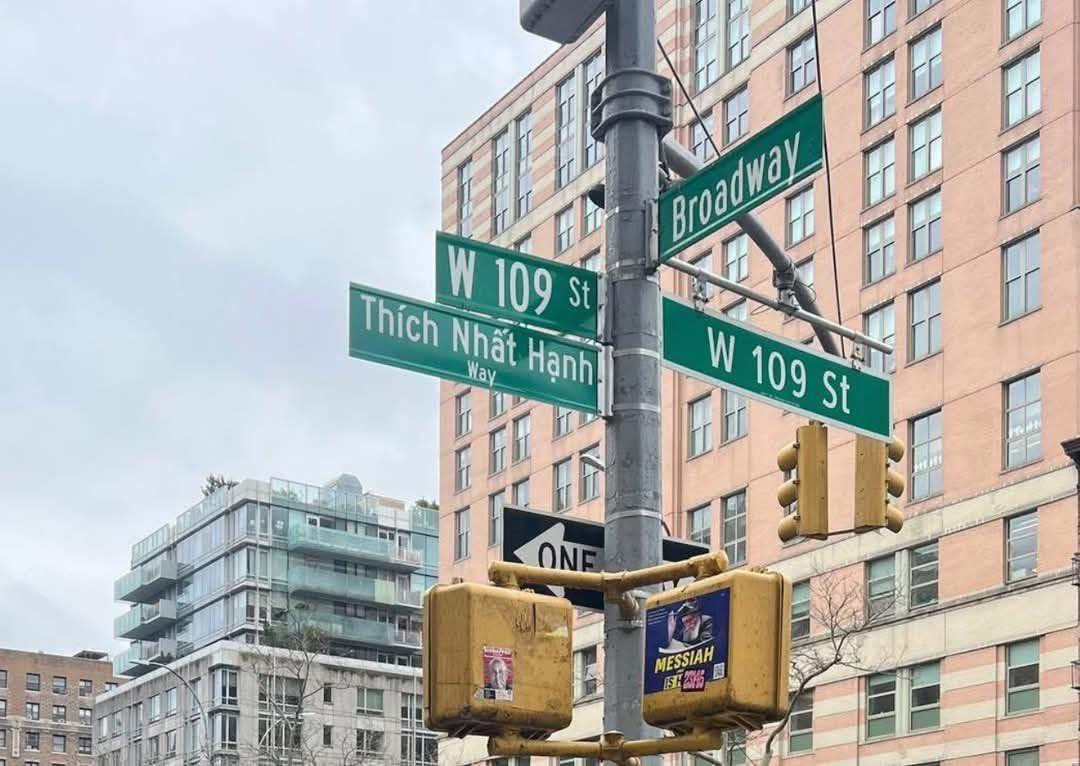Dharmacharya Andrew. J. Williams

A BRIEF HISTORY OF BUDDHISM Part 5 –
EXPANSION TO SRI LANKA AND MYANMAR
◆● ════ ◆◇◆ ════ ●◆●
Buddhism was initially introduced to Sri Lanka by King Asoka’s son Venerable Mahinda and his six missionary companions during the 3rd century BCE. They convinced the King Devanampiya Tissa and many of the nobility to adopt Buddhism as their chosen religion. In addition, King Asoka’s daughter, Venerable Sanghamitta also established the Bhikkhunī order (order for nuns) in Sri Lanka. She also brought with her a sapling of the sacred Bodhi Tree that was subsequently planted in Anuradhapura, which led to the construction of the Mahavihara Monastery.
The Pali Canon (Tipitaka, or Three Collections) was written down in Sri Lanka during the reign of King Vattagamani, and the Theravada (School Of The Elders) Buddhist Tradition flourished there. Later on some great Buddhist masters and commentators worked there, such as Buddhaghosa (4th-5th Century CE) and Dhammapala (5th-6th Century CE), and they systemised the traditional commentaries that had been handed down.
Although the Mahayana Buddhist Tradition gained some influence in Sri Lanka at that time, the Theravada Tradition ultimately prevailed and Sri Lanka turned out to be a Theravada stronghold. From there it would expand again to South-East Asia from the 11th Century CE.
In the areas east of the Indian Subcontinent (modern-day Myanmar and Thailand), Indian culture strongly influenced the Mons. The Mons are said to have converted to Buddhism from the 3rd Century BCE through the influence of King Asoka and the Buddhist missionaries.
Early Mon Buddhist Temples, such as Peikthano in central Myanmar, have been dated between the 1st and the 5th Century CE. The Buddhist art of the Mons was strongly influenced by the Indian art of the Gupta and post-Gupta periods, and their mannerist style spread widely in South-East Asia following the expansion of the Mon kingdom between the 5th and 8th Centuries CE.
Theravada Buddhism expanded in the northern parts of Southeast Asia under Mon influence, until it was progressively replaced by Mahayana Buddhism from around the 6th Century CE.
It is also interesting to note that according to the Asokavadana (A text that describes the life of King Asoka), at this time, King Asoka sent missionaries to the north, through the Himalayas, to Khotan in the Tarim Basin, then the land of the Tocharians, speakers of an Indo-European language.”
◆● ════ ◆◇◆ ════ ●◆●
~Dharmacharya Andrew. J. Williams~
A BRIEF HISTORY OF BUDDHISM Part 6 –
THE RISE OF THE SHUNGA DYNASTY
◆● ════ ◆◇◆ ════ ●◆●
“The Shunga Dynasty (185-73 BCE) was established in 185 BCE, about 50 years after the death of King Asoka. After assassinating King Brhadrata (the last of the Mauryan rulers), military commander-in-chief Pushyamitra Shunga took the throne.
Buddhist religious scriptures such as the Aśokāvadāna (A text that describes the life of King Asoka), allege that Pushyamitra, who was an orthodox Brahmin, was hostile towards and persecuted Buddhists. It is also alleged that he destroyed hundreds of Buddhist Monasteries and killed hundreds of thousands of innocent Buddhist monks. Eight hundred and forty thousand Buddhist Stupas, which had been built by King Asoka, are said to have been destroyed, and a reward of one hundred gold coins was offered for the head of any Buddhist monk.
In addition, it is alleged that a large number of Buddhist monasteries were converted to Hindu Temples, in places such as, Nalanda, Bodhgaya, Sarnath and Mathura, among many others.
Some modern historians, however, dispute this view. They hold the view that following King Asoka’s sponsorship of Buddhism, the decline of Buddhism and Buddhist institutions in the area may have been caused by merely falling on harder times under the Shunga’s.
But what can’t be disputed is that the importance of Buddhism drastically declined in the region during this time. It is recorded that many Buddhist monks deserted the Ganges valley, following either the Northern Road (Uttarapatha) or the Southern Road (Dakṣinapatha).
Furthermore, around this time, Buddhist artistic creation stopped in the old Magadha area and repositioned itself in the northwest areas of Gandhara and Mathura, and in the southeast around Amaravati. In addition, some Buddhist artistic activity also occurred in Central India around this time.”
◆● ════ ◆◇◆ ════ ●◆●
~Dharmacharya Andrew. J. Williams~





















